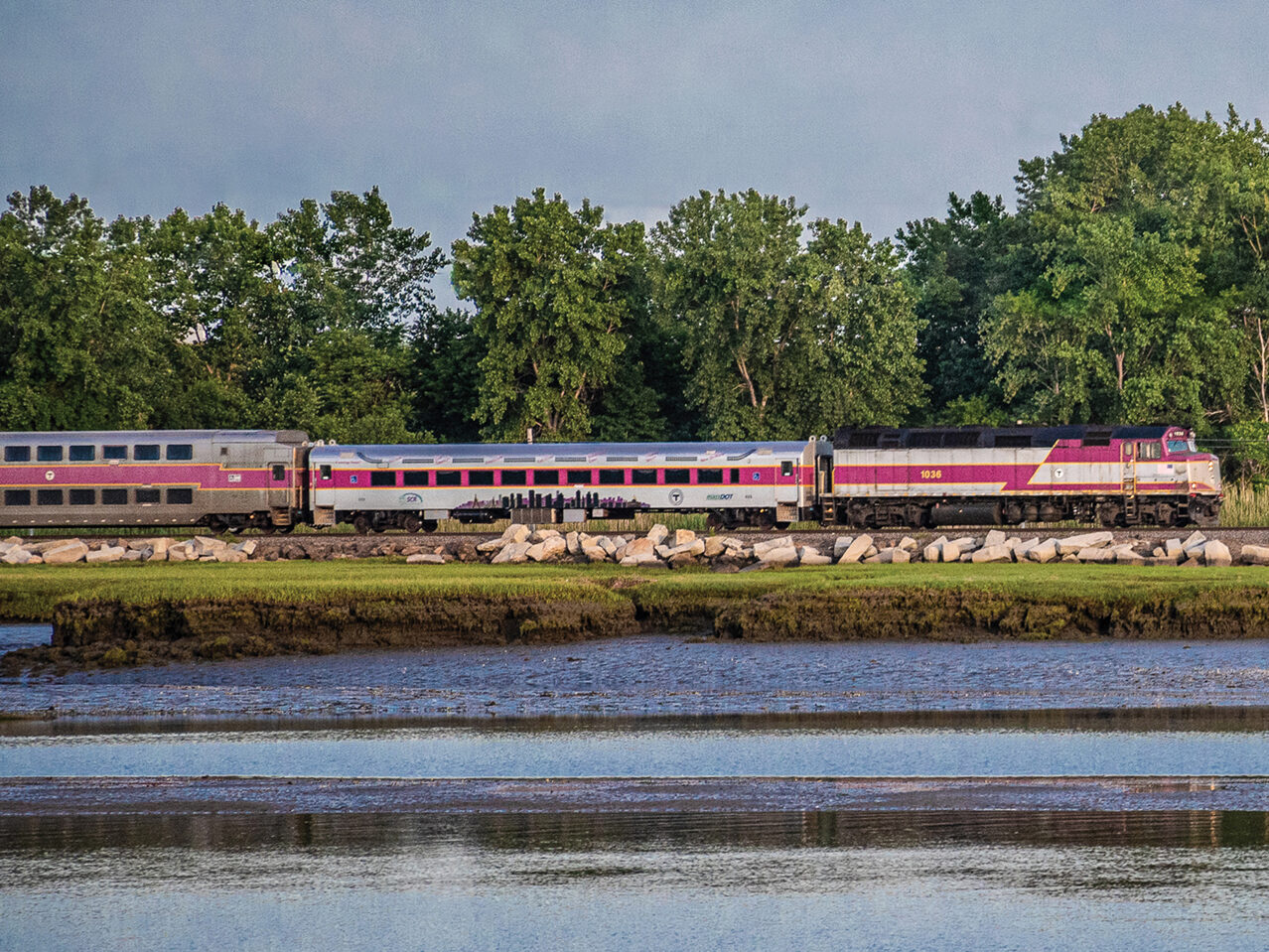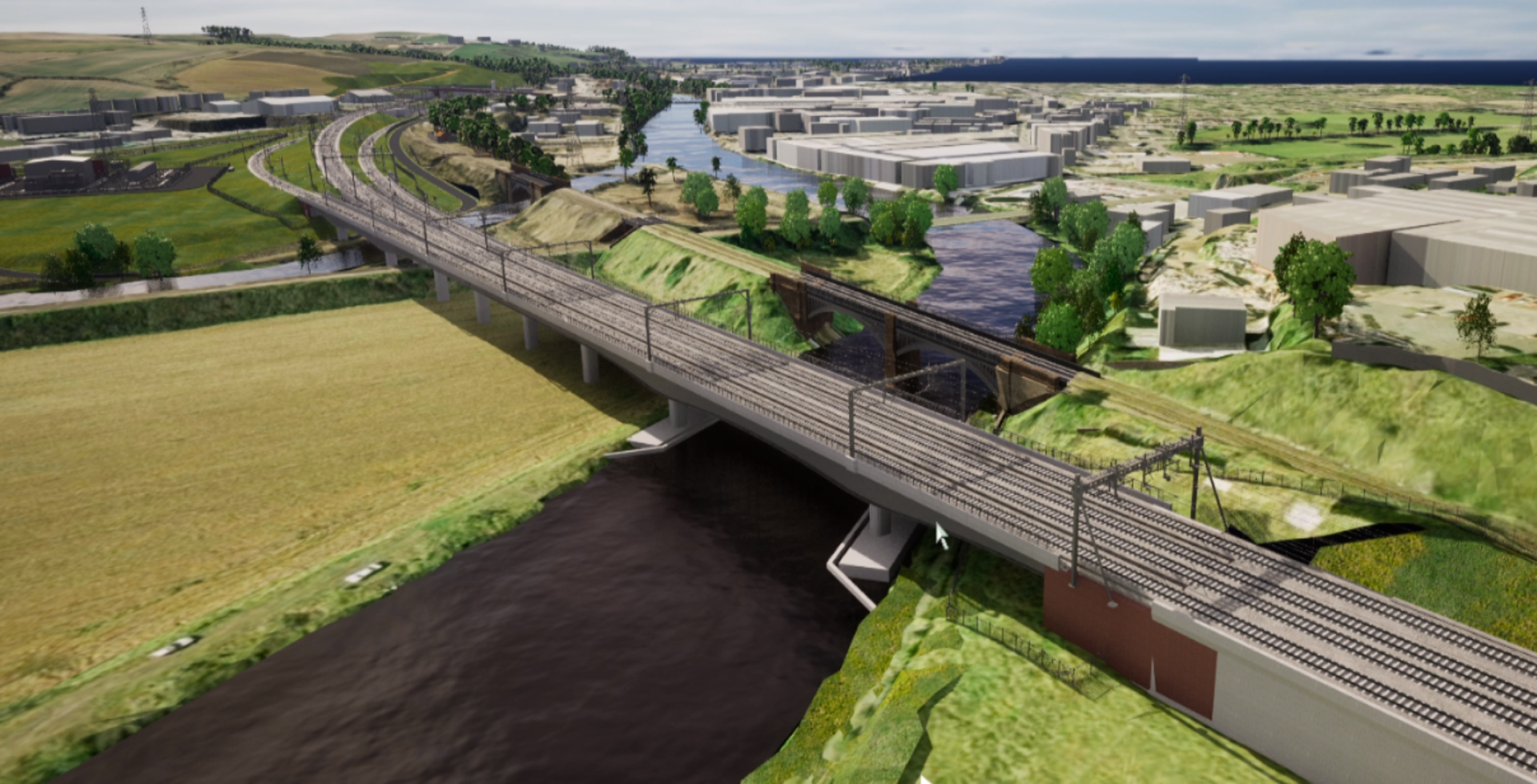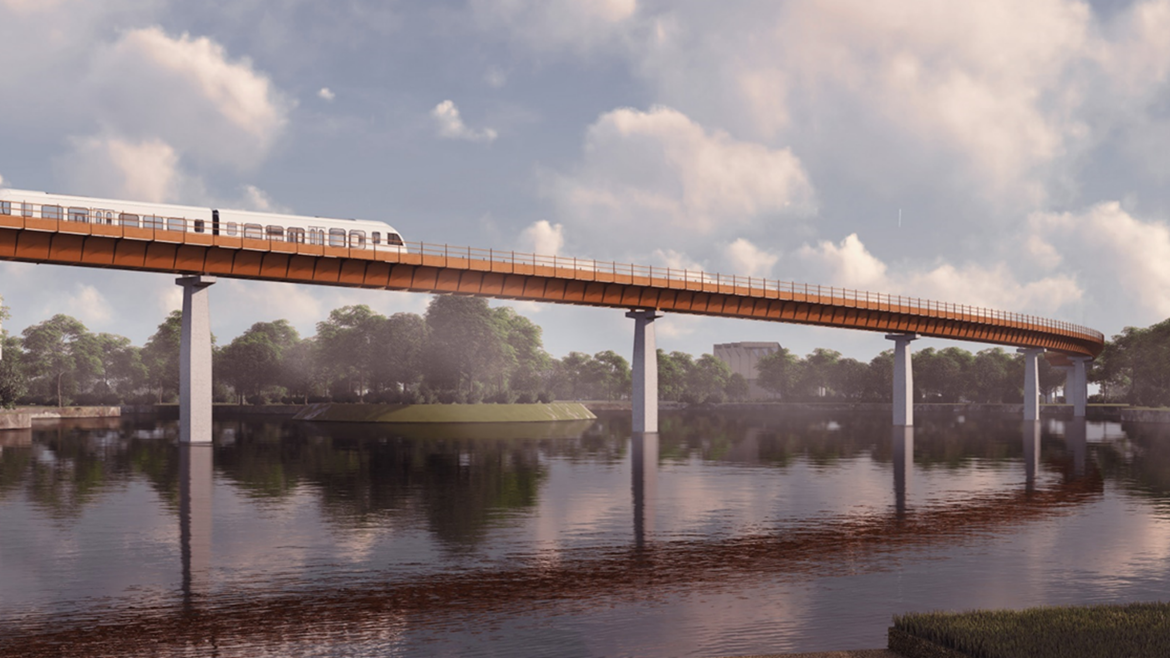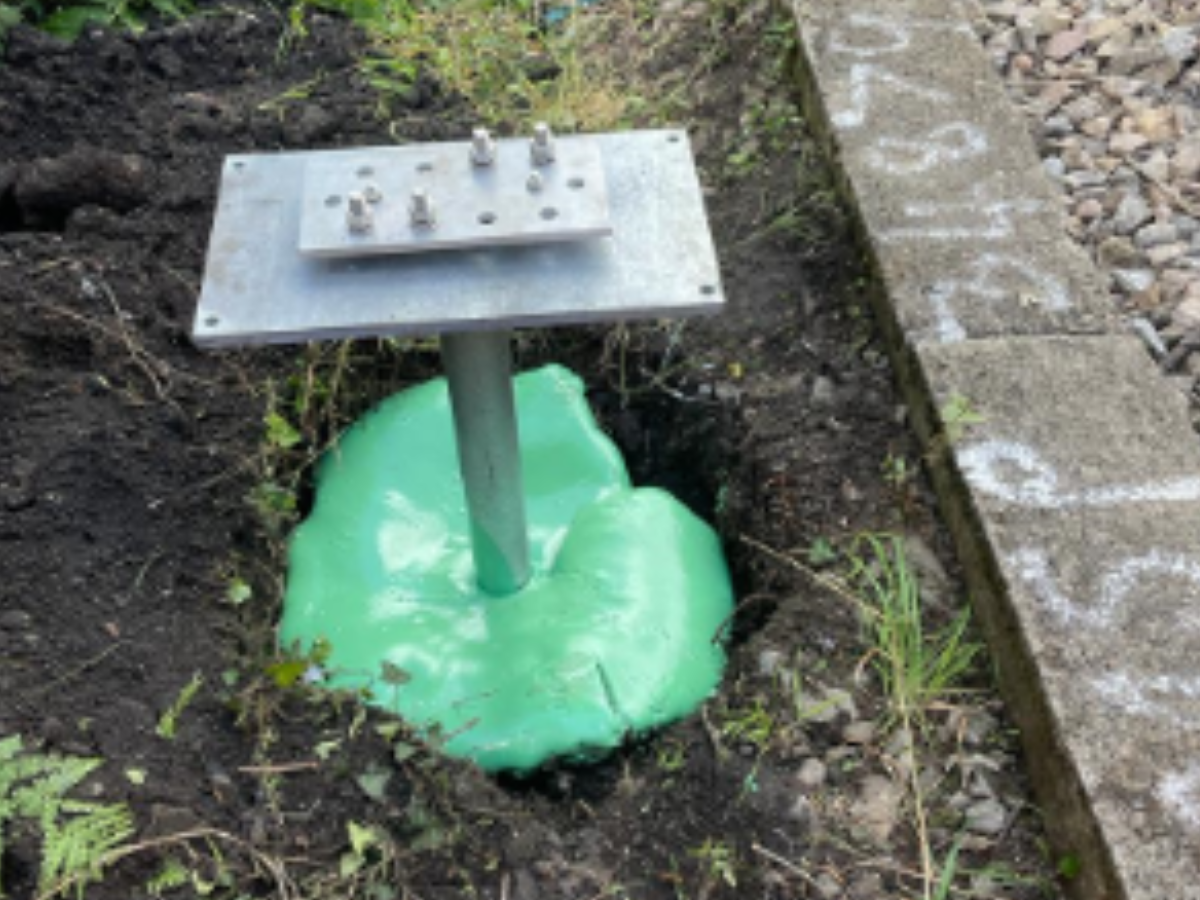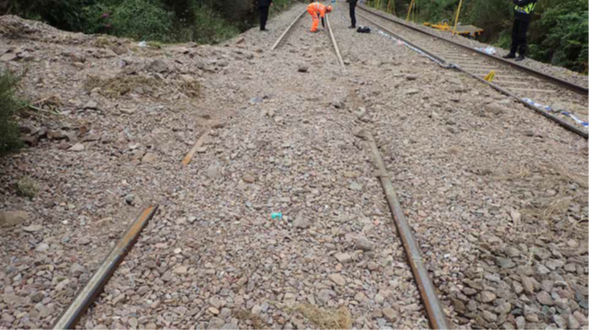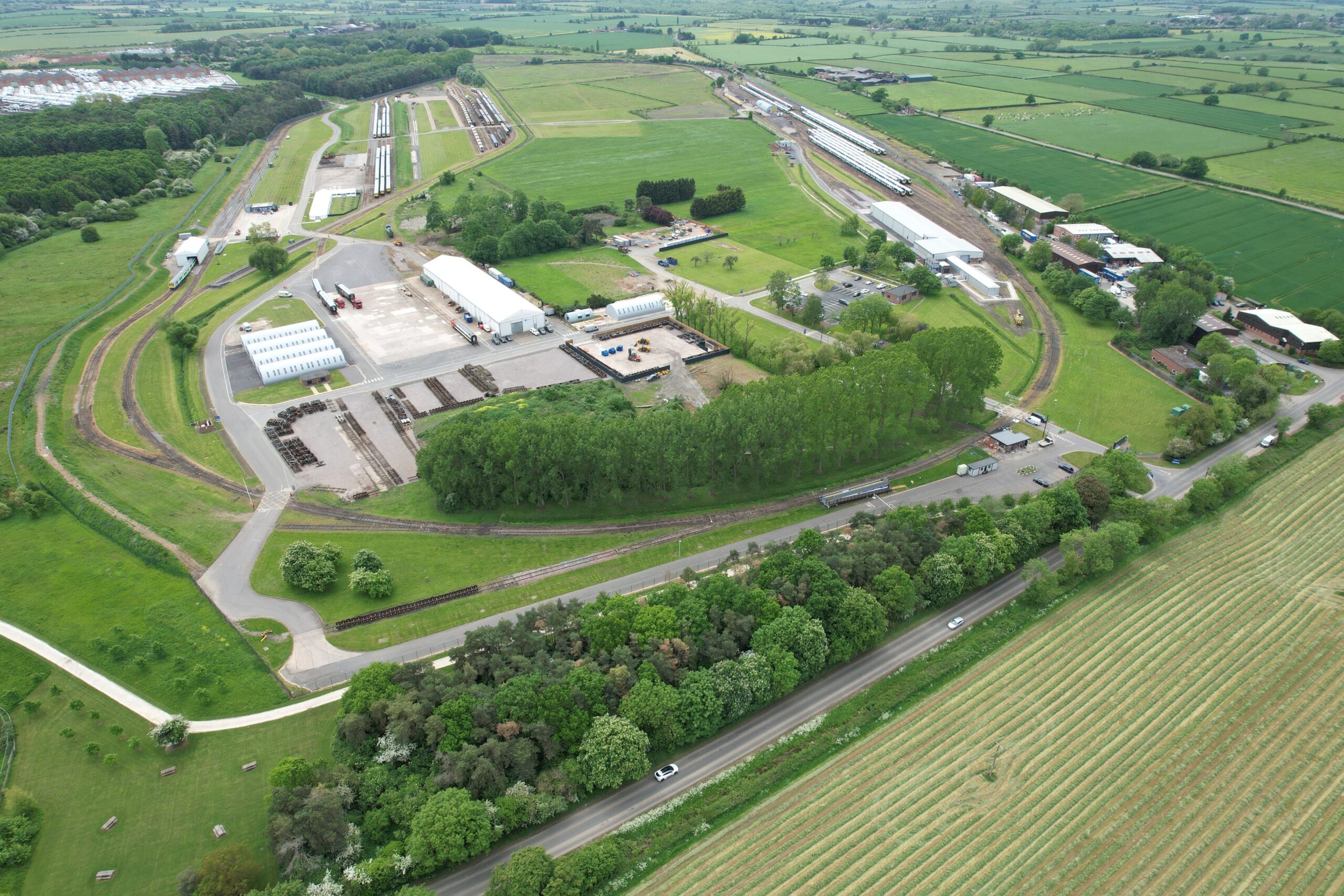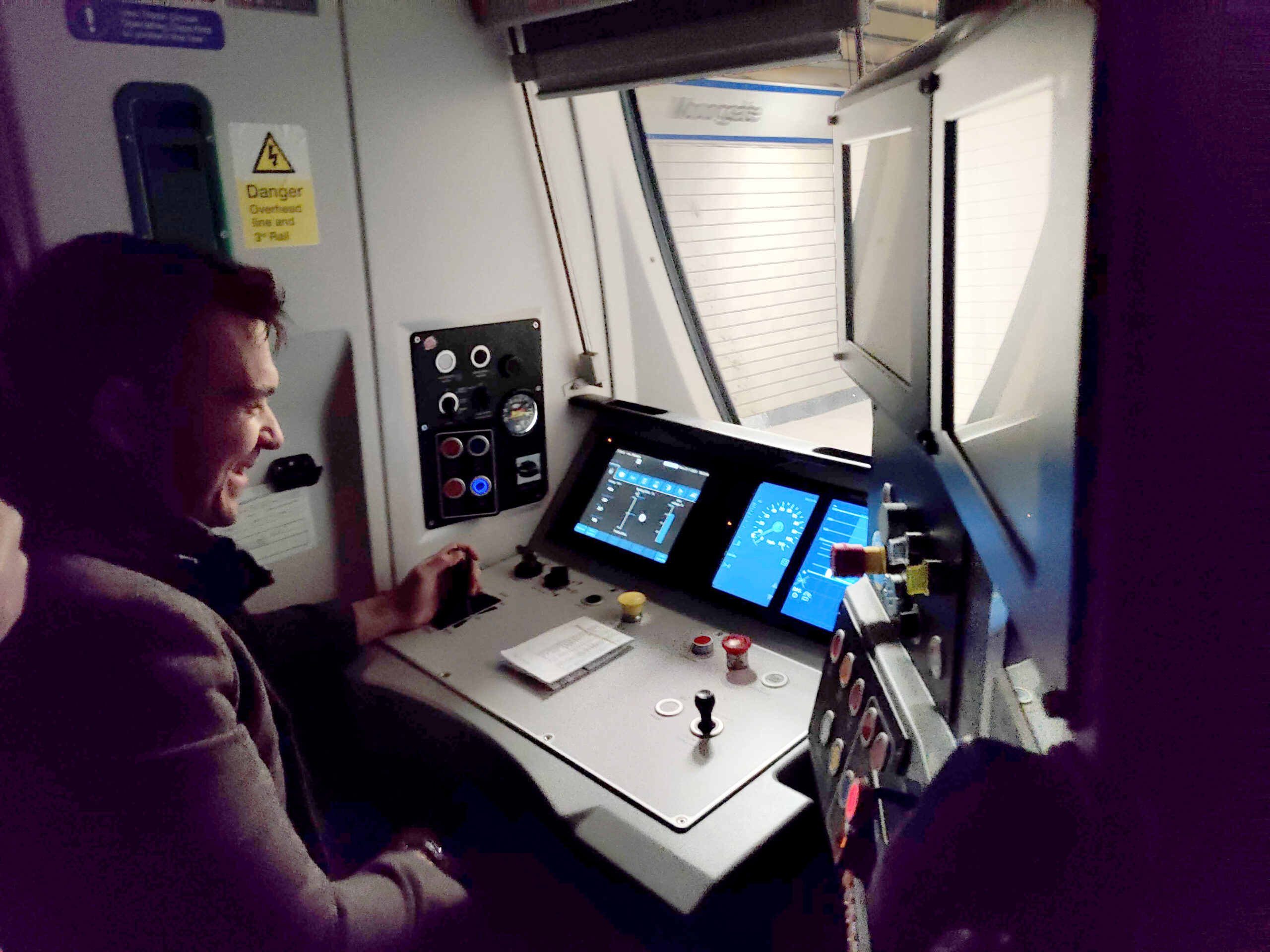Network Rail has begun working with the Zoological Society of London (ZSL) to widen its understanding of animal and plant life along railway lines in the Southern region of the United Kingdom.
The two parties have been working in conjunction with Google to develop new ways of monitoring rare species on lineside land, using equipment deployed by the People’s Trust for Endangered Species (PTES), a wildlife charity working to conserve dormice and other species.
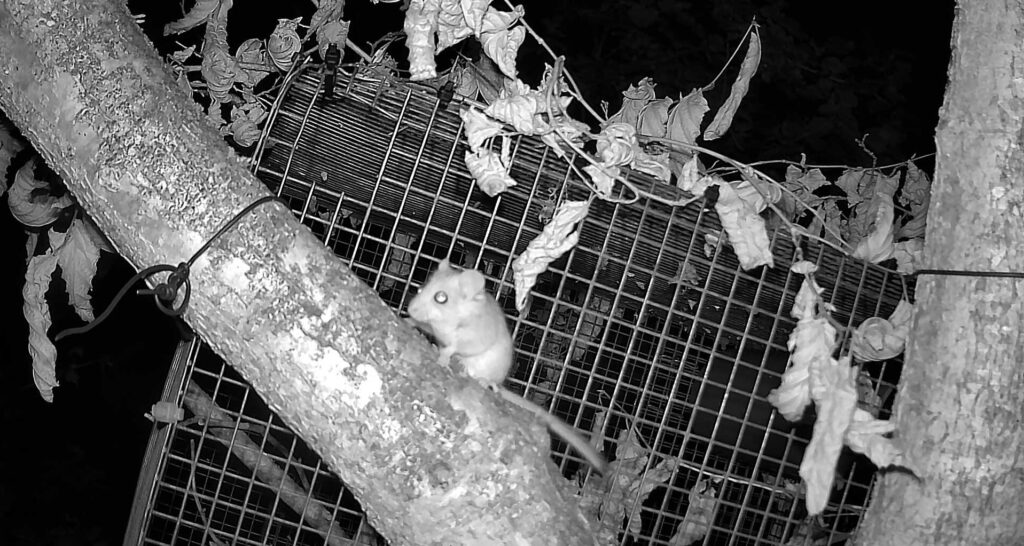
The required equipment for this project was installed in a series of Woodland near Calke Abbey, Derbyshire, which is cared for by the National Trust. The PTES previously used the same woodland for its annual reintroduction of dormice in June, and has since captured a plethora of images, videos and audio recordings of the creatures.
The data, which is currently being stored and analysed using GoogleCloud technology, is intended to be used in developing new AI and machine learning algorithms to identify dormouse activity from remote locations off-site. By doing so, all parties involved hope to save both time and money by reducing the amount of manual checks carried out regularly.
Network Rail ecologist Aline Gomes said:Understanding the plant and animal life around our railway plays a big part in helping us manage our railway sustainably. Our regional ecology team wanted to find innovative ways of monitoring the wildlife on our lineside while maintaining a safe distance, and working with ZSL has allowed us to achieve that. The knowledge we are gaining is already improving the way we manage our land to benefit the different species that live along our railway, including dormice.
The railway can provide a great habitat for dormice and by gaining a deeper understanding of the species, we can help them by improving how and when we manage the lineside habitat to contribute towards the conservation of the species.
Camera traps and audio sensors are currently situated in several spots along trackways in both London and the South East, including a known dormouse hotspot in Cowden, Kent.
ZSL’s Project Manager Rachael Kemp said:Unlocking the power of cutting-edge technology, our remote, automated methods provide an exciting, cost-efficient opportunity to study dormice living near railways.
We are using images, videos and audio files of dormice collected at Calke Abbey and Cowden to train machine learning algorithms to help Network Rail understand which nest boxes along the tracks are being used by this beloved mammal and easily monitor them over time. This will help Network Rail understand how lineside maintenance and conservation strategies are affecting local populations.

















